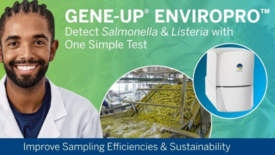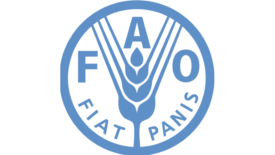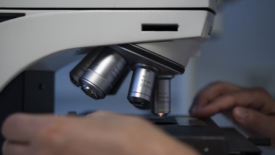Methods
Determining Microbiological Performance Standards for Food Safety
A 5-log pathogen reduction is generally adopted as a good starting point, but it may not be applicable to all products and processes
August 15, 2022
Never miss the latest news and trends driving the food safety industry
eNewsletter | Website | eMagazine
JOIN TODAY!Copyright ©2025. All Rights Reserved BNP Media.
Design, CMS, Hosting & Web Development :: ePublishing






.png?height=168&t=1661887788&width=275)


